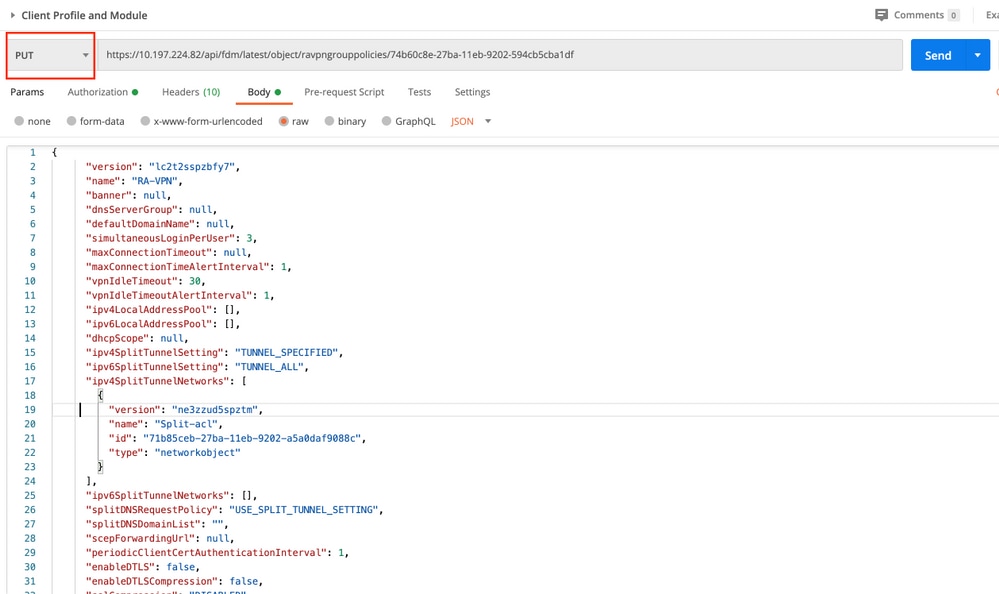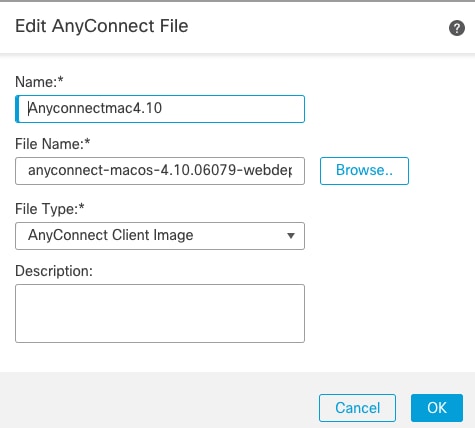


Refer to ASA/PIX: Packet Capturing using CLI and ASDM Configuration Example in order to know more about Packet Capturing in ASA. !- Open an Internet Explorer and browse with this https link format: Note: In order to download the capture file to a system such as ethereal, you can do it as this output shows. After the access-list is defined, the capture command incorporates the access-list and applies it to an interface.Ĭiscoasa(config)# access-list inside_test permit icmp any host 192.168.1.1 ciscoasa(config)# capture inside_interface access-list inside_test interface inside The user pings the inside interface of the ASA (ping 192.168.1.1). The administrator needs to create an access-list that defines what traffic the ASA needs to capture. Use a capture to confirm IPSec packets hit the firewall: To clear IPsec SA counters use Clear crypto ipsec sa counters To clear IPsec SAs by entry use Clear IPsec SAs entry ipaddress To clear IPsec SAs by map use Clear IPsec SAs map cryptomap_name To clear IPsec SA by peer use Clear IPsec SA peer ipaddress To clear ISAKMP SA by ipaddress use Clear crypto Isakmp SA ipaddress 3. Recover Pre-Shared Key in Pix/ASA: more system:running-config 4. To manually tear down an ISAKMP or IPSEC SA: clear crypto ipsec clear crypto isakmp To debug isakmp use debug crypto isakmp To debug ipsec use debug crypto ipsec To see ISAKMP configuration use show run crypto isakmp To see IPSec configuration use show run crypto ipsec To see crypto map configuration use show run crypto map To see IPsec operational data use show crypto ipsec sa To see ISAKMP operational data use show crypto isakmp sa The administrator is ready to learn more about application X and determine the cause of the problem. In this example, the source IP address of the user is 192.168.1.50. In order to disable debug icmp trace, use one of these commands:Įach of these three options helps the administrator to determine the source IP address. The user pings the inside interface of the ASA (ping 192.168.1.1).


 0 kommentar(er)
0 kommentar(er)
